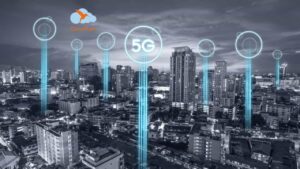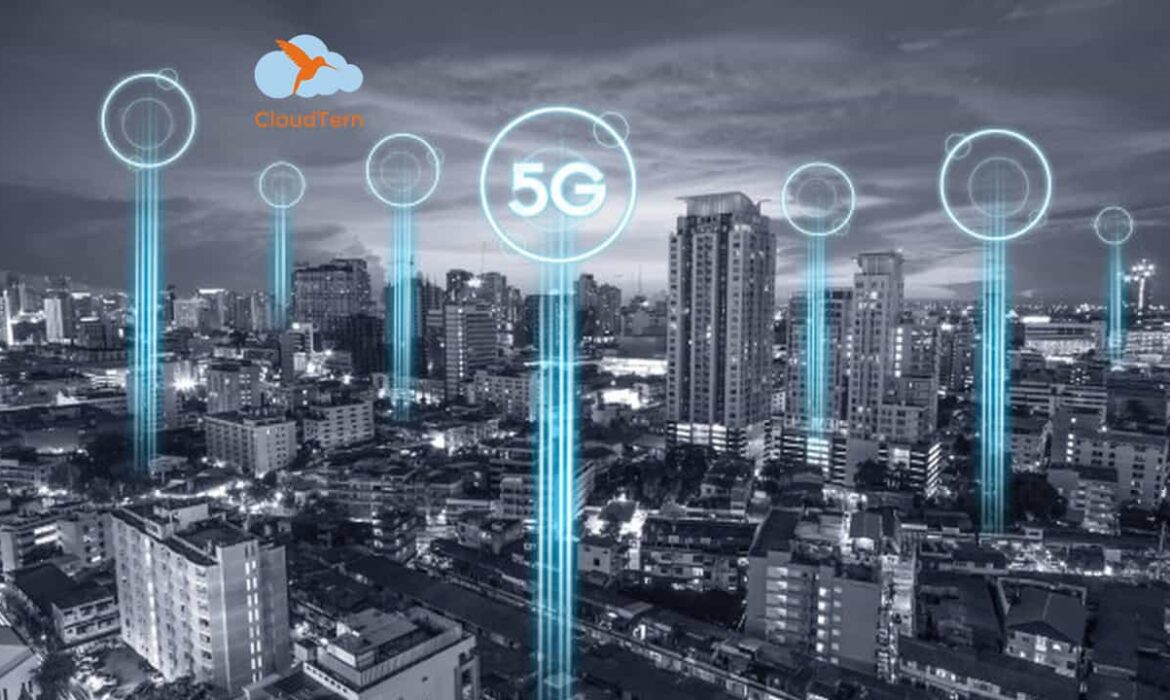5G is the new global wireless standard that has succeeded the 4G network. 5G, also called the 5th generation mobile network, is designed to bring devices, machines and objects into connectivity, delivering massive network capacity, high-speed, low latency and high availability networks. According to Grand View Research, the global 5G infrastructure was valued at $41.48 billion in 2020. This value is expected to grow at a CAGR of 46.2% between 2021 and 2028. ResearchandMarkets opines that the global 5G infrastructure market will touch $80.5 billion by 2028, growing at a CAGR of 49.8% between 2021 and 2028.
The Evolution of 5G
The 1st generation network (1G) that was introduced in the 1980s used analog technology to provide mobile communications. It was succeeded by the 2nd generation network called 2G in the 1990s and used digital systems to offer voice data and SMS services. The 3rd generation mobile network 3G introduced GSM networks. The advent of 4G network revolutionized this space with LTE and LTE-Advanced capabilities for high-speed networks. The 5th generation network 5G takes it to the next level bringing New Radio (NR) and LTE-Advance Pro technologies into foray to facilitate ultra-low latency and high-speed networks.
 5G is not developed by a single company but receives contributions from multiple companies in the form of foundational technologies and global specifications. The 5G ecosystem includes mobile network operators, infrastructure vendors, device manufacturers etc. 3rd Generation Partner Project (3GPP) is an important organization that is instrumental in designing the service layer, air interface and global specifications for 5G.
5G is not developed by a single company but receives contributions from multiple companies in the form of foundational technologies and global specifications. The 5G ecosystem includes mobile network operators, infrastructure vendors, device manufacturers etc. 3rd Generation Partner Project (3GPP) is an important organization that is instrumental in designing the service layer, air interface and global specifications for 5G.
The 5G technology uses the Orthogonal Frequency-division Multiplexing technology that divides signals across multiple channels to minimize interference. New Radio (NR) is another underlying technology of 5G that enhances OFDM principles to bring high scalability and flexibility to network operations. 5G operates across millimetre wave (mmWave) high-band, low-band and mid-band, delivering speeds between 4 Gbps and 20 Gbps. With high speeds and low latency, 5G supports mission-critical communications and massive IoT networks.
Benefits of 5G
5G offers amazing benefits for organizations and individuals. The high-speed network enables you to download an HD movie on your mobile in seconds. During a sporting event in a stadium, 5G facilitates reliable connectivity for thousands of concurrent users. Sports broadcasting becomes easy and efficient as well. Sports clubs are now planning to deliver game insights in real-time to enhance user experience. For sports clubs, it facilitates better crowd management. Virtual reality and augmented reality technologies take advantage of 5G to deliver an immersive experience in games, apps as well as in virtual meetings.
The ultra-low latency of 5G enables authorities to build safe and sustainable smart cities with autonomous vehicle systems and intelligent traffic management systems. Thousands of vehicles can communicate with each other and share data to reduce accidents. Emergency services can be deployed faster too. Natural disasters can be quickly detected using sensors.
5G brings innovation into industrial production as well. It helps companies in securely combining people and robots to smartly work together without getting cobbled with cords and machines. Businesses can run predictive and prescriptive analytics in real-time. With IoT networks, businesses can monitor and improve performance, production and logistics.
There has been a buzz around the negative impact of 5G on the environment which turns out to be far from true. 5G technology is safe and sustainable and businesses are already embracing it to surge ahead of the competition.
Is your business 5G-ready? Contact CloudTern right now to leverage this amazing revolution!



